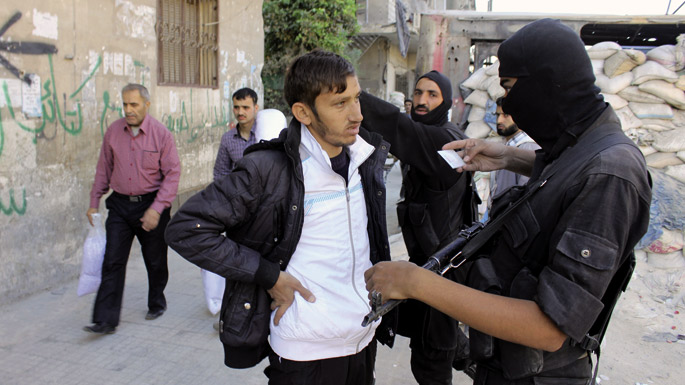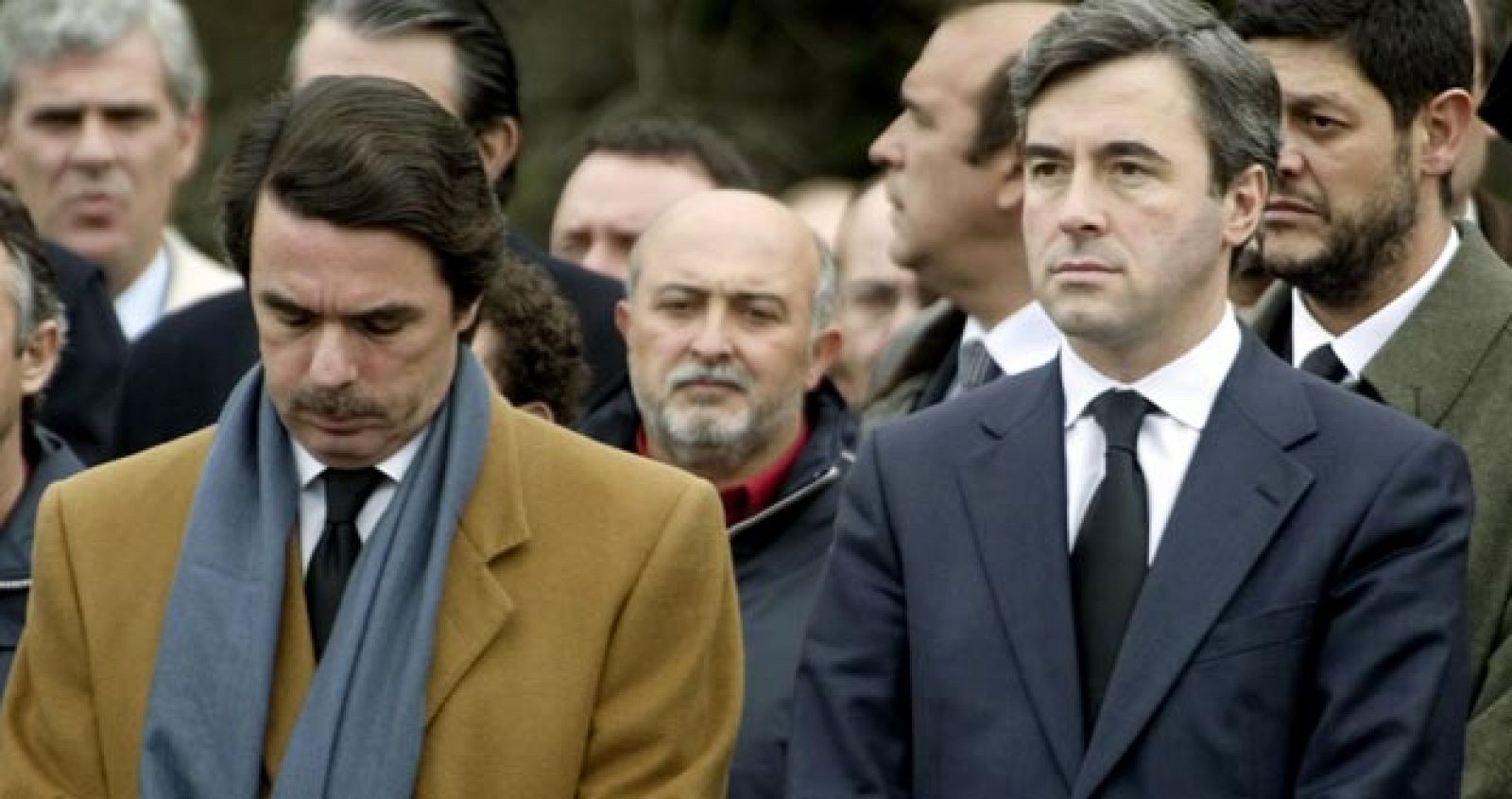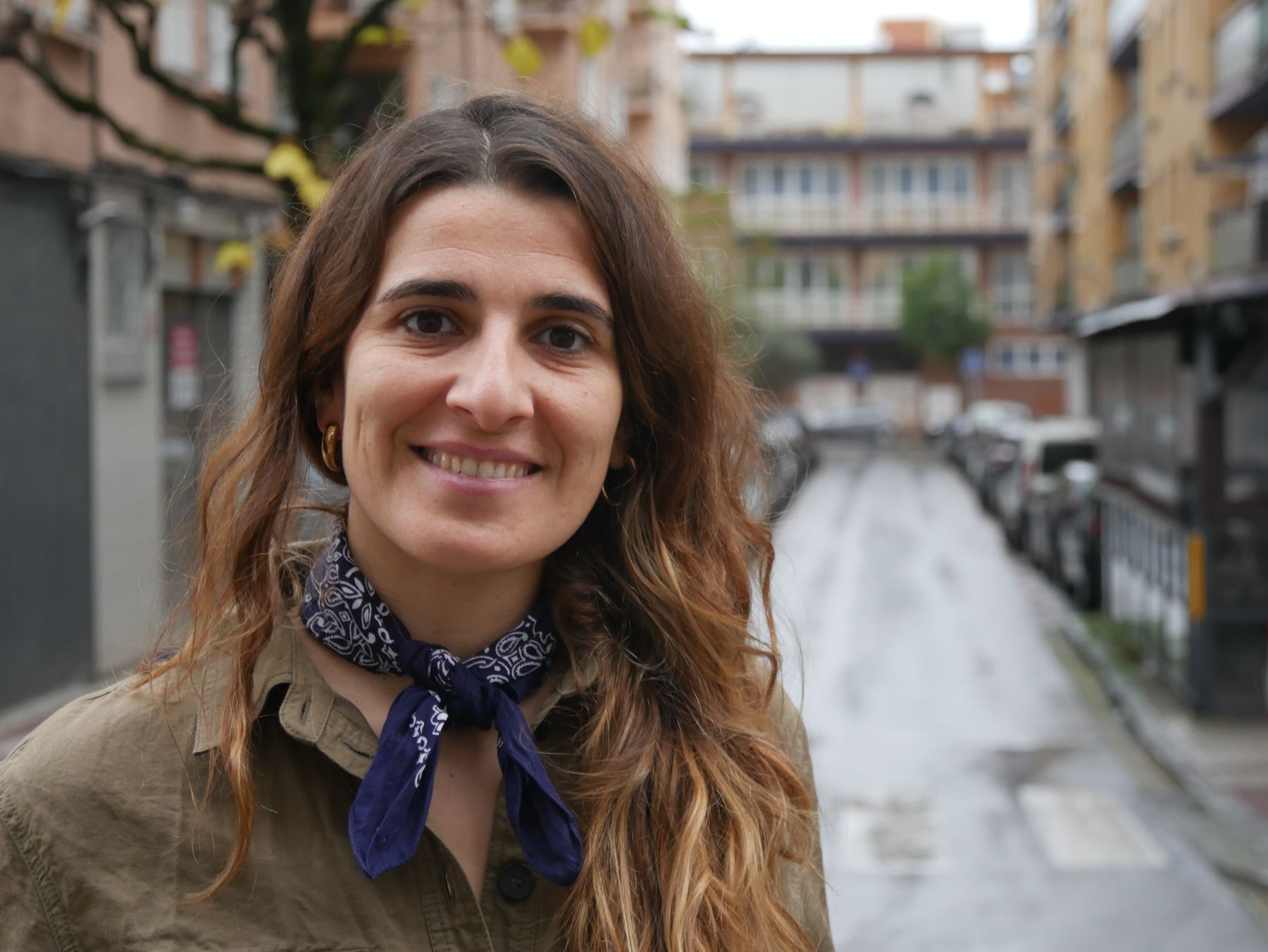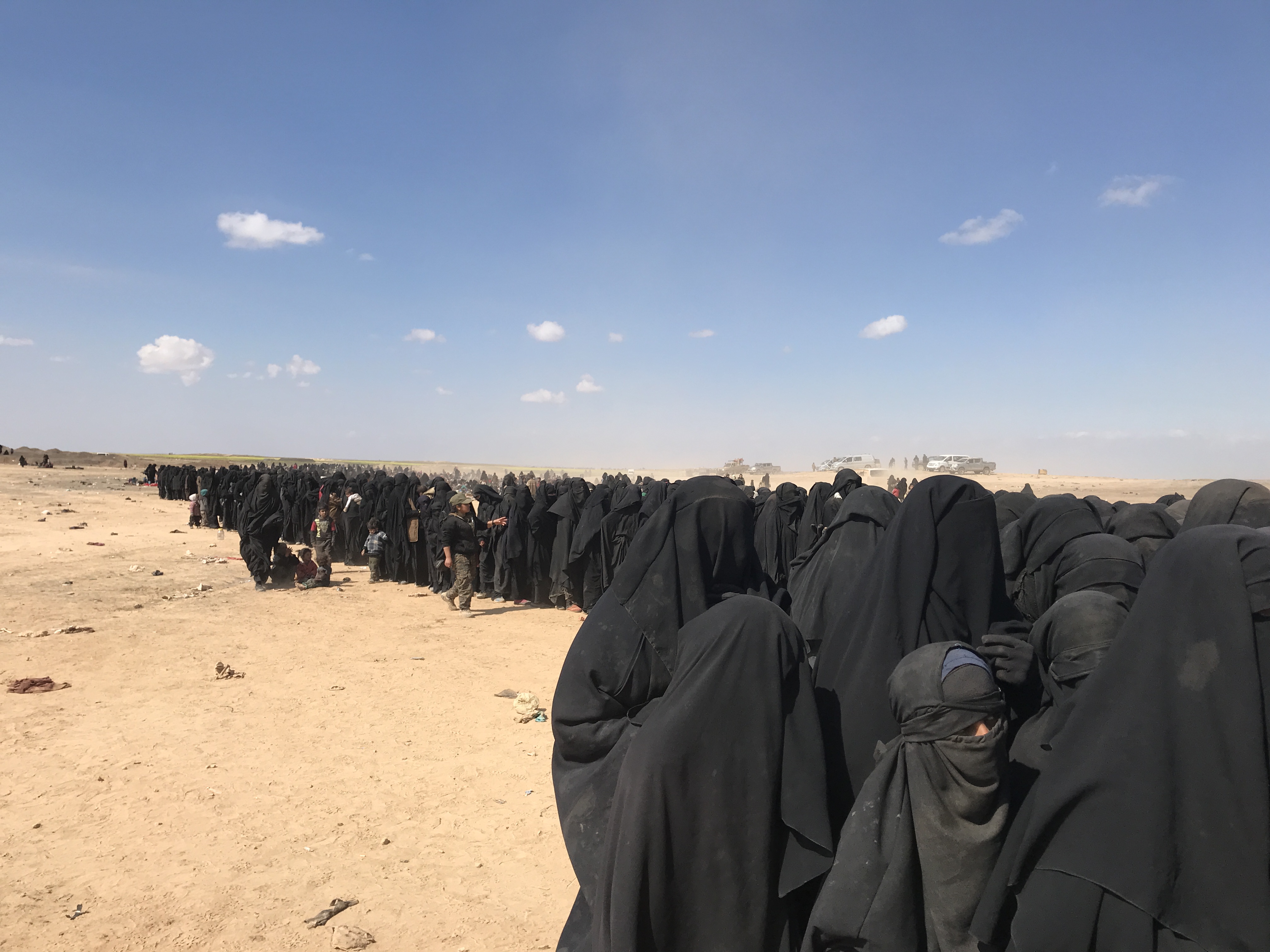The Islamic State wants to go back to the old caliphate on social media.
- EI seeks to consolidate the structure that a state wants to be in the areas controlled by Iraq and Syria: a caliphate that evokes the characteristics of the Ottoman empire, based on vassalage relations, and at the same time uses communication through social networks with the same agility as the most modern social movements.

Between three and five million people live in the vast areas controlled by the IS in Iraq and Syria this December 2015. It is a spectacle to see how far the new political configuration will turn in the coming months into the fire of the offensive organized by the great powers to dismantle it, but it has already been the experiment that has taken a lifestyle worthy of consideration by the world.
French Professor Matthieu Rey has explained the structure organized by the Islamic State in the various areas it has adopted. The young university doctor, who specialises in Arabic, has analyzed the issue within the WAFAW programme which investigates the Arab Springs with the help of the European Union and which she summarized in the article “Aux origines de l’Etat islamique”.
As it has become a nightmare for the West, researchers have investigated some aspects of IS such as local media: the use of barbarism, the ability to propagate lightning, the collapse of the Middle East, the attraction of young people from all over the world... On the contrary, Rey has set himself in the nature of a state that the Islamists proclaim in the name of the movement.
To begin with, says Rey, contrary to what many people think, IS has not burst two classic states, at least two of those Westerners used to consider as states. Both Syria and Iraq had descended from the form of state in the late twentieth century.
They both come from Baathism. In the 1960s, in those years of decolonization, as in Syria, the command of Iraq was taken by the socialist Arab nationalist Baath movement. 1970.erako were enmity in two special movements. The bloody war between Iraq and Iran separated them even further, and Syria opted for Iran.
But in both cases, according to the experts interviewed by Matthieu Rey, the main authorities broke with similar behaviors the hopes of a modern and progressive state.
Between 1970 and 1990, the two political systems turned political instability into an institution, destroying any political and social organization that could face them. Saddam Hussein in Iraq and Jafez al Assad centralized power in their people, establishing personal fidelity as a law to advance or sink society. In return, everyone left their country without a formal organisation.
The Iraqi Apocalypse erupted with the U.S. invasion in 2003, as the popular revolt erupted in Syria in 2011 and soon turned it into a civil war. The Islamic State appeared in Iraq in 2004, taking advantage for itself of the structures of the tribes that were taking hold beforehand. But the strategy of American General David Petraeus managed to dominate it. In 2012, with the Shiite Nuri al Maliki in power, the U.S. Army began to evict Iraq, where it is believed that it had control of the Iraqi revolt. Abu Bakr al Baghdadi will organise the second IS offensive, which will be rapidly deployed on Syrian territory to try to stifle progress.
Organisation of a plural structure in Basailutza
The governments of Baghdad and Damascus have responded similarly to the rebels: from areas where the police and the army are incapable of controlling, to the point of becoming an internal enemy dissidence, criminalising the population as a whole...
That is what has given the pulse to the Islamic State, leaving it within the reach of all sectors of society, without land domains. On April 9, 2013, Obama formalized the Islamic State of Iraq and Syria (IS). But how is he embodying that state?
First of all, by removing any command that shadows it by controlling the territory. For this, the whole territory is full of check point checks. In the absence of internal police, the IS monitors the trafficking of persons and goods, which are also a symbolic symbol of the State.
But the Islamic State has no clear milestone as far as looks outside. Although the military effort is to dominate enemies and conquer territories, the fronts and alliances of small groups are constantly changing, it is difficult to establish physical frontiers. On the other hand, IS does not seek international recognition, but is defined by the fight against enemies. But since Abu Bakr sent Baghdadi, EiTB has demanded that its subordinates be recognized as vasallage. As if the Middle Ages or the Ottoman Empire were revived, the videos show the leaders of the conquered peoples and the citizens following the ritual of accepting the slavery of the rulers one by one.
This basailutza ratio gives requirements to both parties and adapts to the characteristics of the place in a wide range of cases. For example, in the vicinity of Deir el Zur, a general of the Syrian Free Army had the following dilemma: either condemned to perish in the fight against the IS, or recognized slavery to the IS. The general personally accepted the vassalage, becoming a witness to the IS in the same blow.
On the contrary, in the vicinity of Aleppo, soldiers of the Ahrar al Sham movement swore to obey the new caliph, after the last attack ended its entire General Staff. “EI – says Matthieu Rey – is a flexible network, in its variable geometry the groups recognize dependency or obedience, and in return they are made with a set of rights”. Control of the center seems to be more diffuse in rural areas, more rigid in urban areas. Since the head of war does nothing but secure the needs of everyday life, local authorities often continue to function as before, as courts do.
As for the revenue of the IS plant, it is known that it derives from the sale of raw materials, especially oil, daily commodity taxes and war catches.
However, although this scheme of state structures reminds us of the Ottoman empire, the communication that has given a huge echo to IS in the world is organised with very modern marketing. In some sections, the communication generated by IS is more like an NGO, each local group generates its own propaganda, echoing each other in the social network model…
Behold, IS has one leg in its old vassals relationships and the other in a very innovative communication that promotes postmodern public action both in form and in discourse.
The reader knows that I am following closely the issue of the terrible attacks of 2015 in Paris, thanks to the media that I have at my disposal. Salah Abdeslam was the only survivor of the commands that led to the death of 130 citizens and his main burden of doing justice. He... [+]
Urtarrilaren 20an Siriako Ipar eta Ekialdeko Autoadministrazioaren menpe dagoen Hasake hiriko espetxeari eraso diote auto suizidekin, milaka islamista askatzeko. YPGk kontrola berreskuratu arren, tiroketek jarraitzen dute, Daex-eko zenbait kide ezkutatu baita.
Jose Manuel Villarejo espainiar polizia ohiak adierazi ostean Espainiako inteligentzia zerbitzuek 2017ko atentatuak gerta zitezen utzi zutela, Kataluniako Gobernuak zer gertatu zen ikertzeko exijituko dio Espainiako Gobernuari. Halakorik egin ezean, auzia nazioarteko... [+]

























